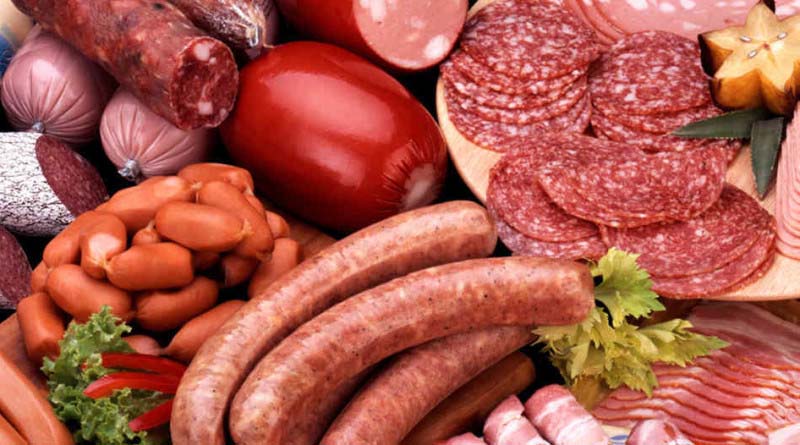Jan. 29, 2021
Plant silk protein is a protein with muscle fiber structure, good chewing feeling and rich nutritional value. Its protein content is about 60%-90%, which is more than 3 times that of pork, more than 4 times that of eggs, and 16 times that of milk. The product has a stable appearance and does not contain cholesterol.

Water absorption
The water absorption of plant silk protein is also called rehydration, which refers to its ability to absorb water when soaked in water, and is closely related to the rehydration temperature, the properties and size of plant silk protein.
The water absorption rate refers to the ratio of the weight after rehydration to the dry weight of the sample. The rehydration temperature is generally 30-50℃, and the rehydration time is 10-20min. It is enough to soak until the surface fully absorbs water and there are no hard lumps inside. The water absorption rate is generally in the range of 250%-350%, that is, the weight of 1kg vegetable silk protein after rehydration is about 2.5-3.5kg.
Silkiness
The plant silk protein has a structure similar to muscle fiber, and the fiber stripes are clear and delicate, the surface is smooth, and the inner fiber filaments are neat. Take a certain amount of plant silk protein (dry basis), remove it after rehydration, drain it, and put it into a silk dismantling machine. According to different application areas, it can be split into different lengths of fiber and meat shreds. The splitting time is generally 30-60s.
Water retention
Water retention refers to the ability of plant silk protein to retain water during processing. Water retention is related to pH, ionic strength, and temperature. When the pH is greater than 4, its water retention will increase with the increase in pH. Take a certain amount of vegetable silk protein to rehydrate and mix it with seasonings evenly, place it in a pre-weighed centrifuge tube, and gradually add water until the sample is slurry-like and anhydrous Before precipitation, put it in a centrifuge (3000r/m) and centrifuge for 5min, pour out the supernatant and weigh it. The part of the added liquid retained by the plant silk protein is the water retention, expressed in g/100g. The water retention is generally in Within the range of 200-300.
Emulsifying
Emulsification refers to the ability to absorb the silk-forming plant silk protein after mixing with water and oil. After rehydrating 10g of the sample, the silk is removed and placed into the chopper, chopped at low speed, and 50ml of soybean oil is continuously added, and chopped. After 3 minutes, put it in a centrifuge at 500r/min and centrifuge for 5 minutes to determine the amount of oil separated. The more water is separated, the worse the emulsification is. The emulsification is generally 30-50ml.
Plant drawn silk proteins are mainly classified according to their structure and organization, including thick silk type, thin silk type, soft silk type, hard silk type, smooth silk, astringent silk, etc. According to different silk structure and silk tensile strength, how much The combination of plant-drawing protein can produce ham sausage, minced meat, beef jerky and canned food.
Previous: Several common food additives